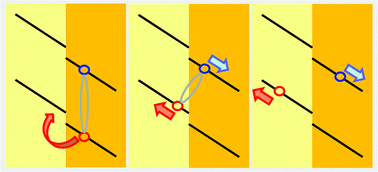We analyse the current–voltage (J–V) characteristics of bulk heterojunction devices based on two different materials systems: (i) poly[2-methoxy-5-(3′,7′-dimethyloctyloxy)-1,4-phenylenevinylene]:(6,6)-phenyl-C61-butyric acid methyl ester (MDMO-PPV:PCBM); and (ii) poly[N-(2′-decyltetradecyl)carbazole]-2,7-diyl: bis(2-(1-ethylhexyl-4,5-dicyanoimidazol-2-yl)vinyl) benzo[c]1,2,5-thiadiazole (PCz:EV-BT). The J–V characteristics were recorded in the dark and light using a pulsed technique that ensured the two sets of measurements were obtained at equal temperatures. In each case, the dark current was subtracted from the photocurrent to obtain a corrected photocurrent Jph that excludes the photovoltage-induced injection current and is thus due solely to the flux of incident photons. The Jph–V response of the MDMO-PPV:PCBM was consistent with a model in which all photogenerated excitons dissociate into free carriers irrespective of the internal field strength. The Jph–V response of the PCz:EV-BT device, by contrast, was consistent with a model in which an electric field is required to initiate appreciable charge separation. The different behaviour is attributable to the different energy offsets of the frontier orbitals responsible for charge separation: 1.3 eV for MDMO-PPV:PCBM compared to just 0.4 eV for PCz:EV-BT.

You have access to this article
 Please wait while we load your content...
Something went wrong. Try again?
Please wait while we load your content...
Something went wrong. Try again?


 Please wait while we load your content...
Please wait while we load your content...